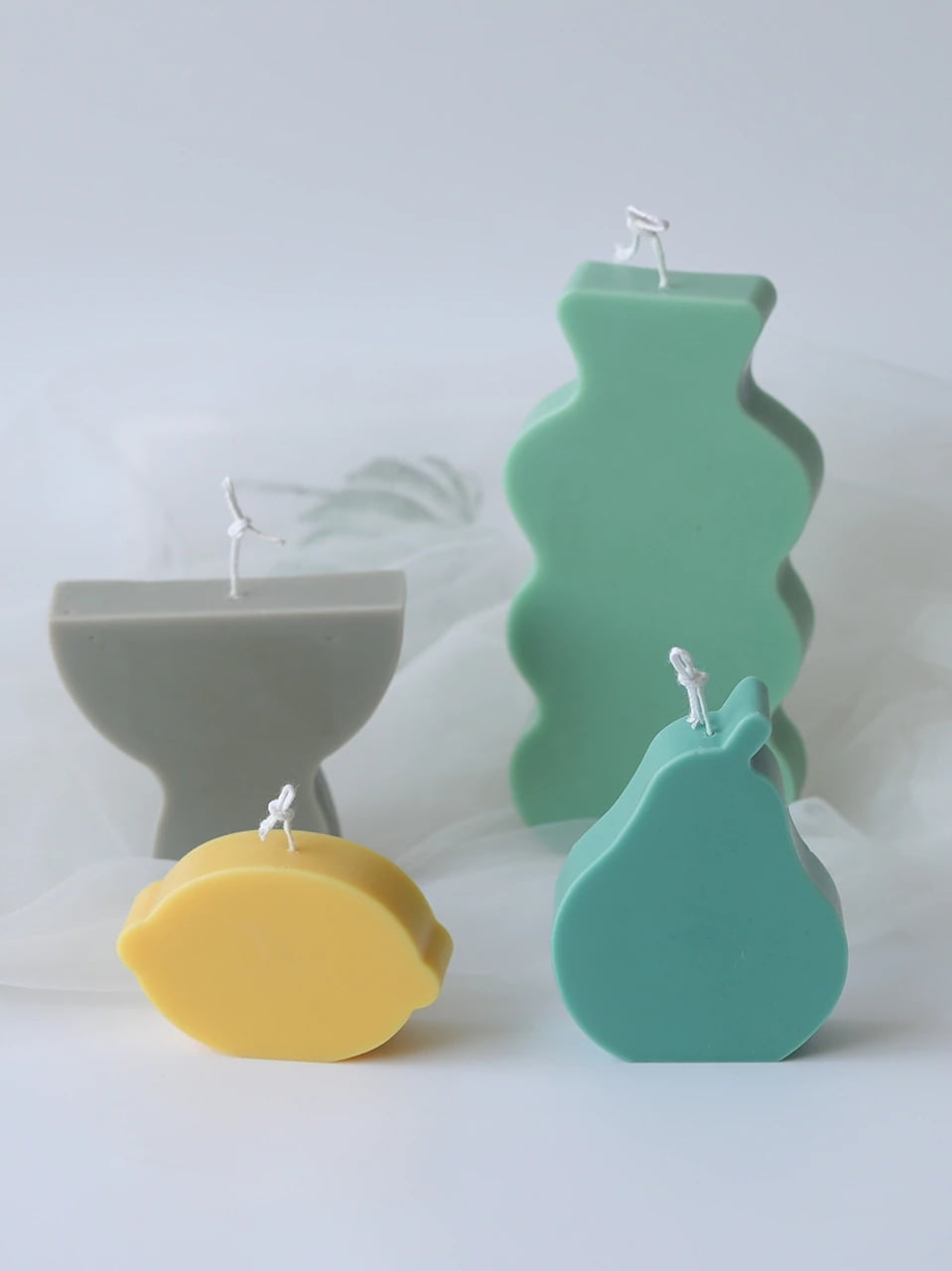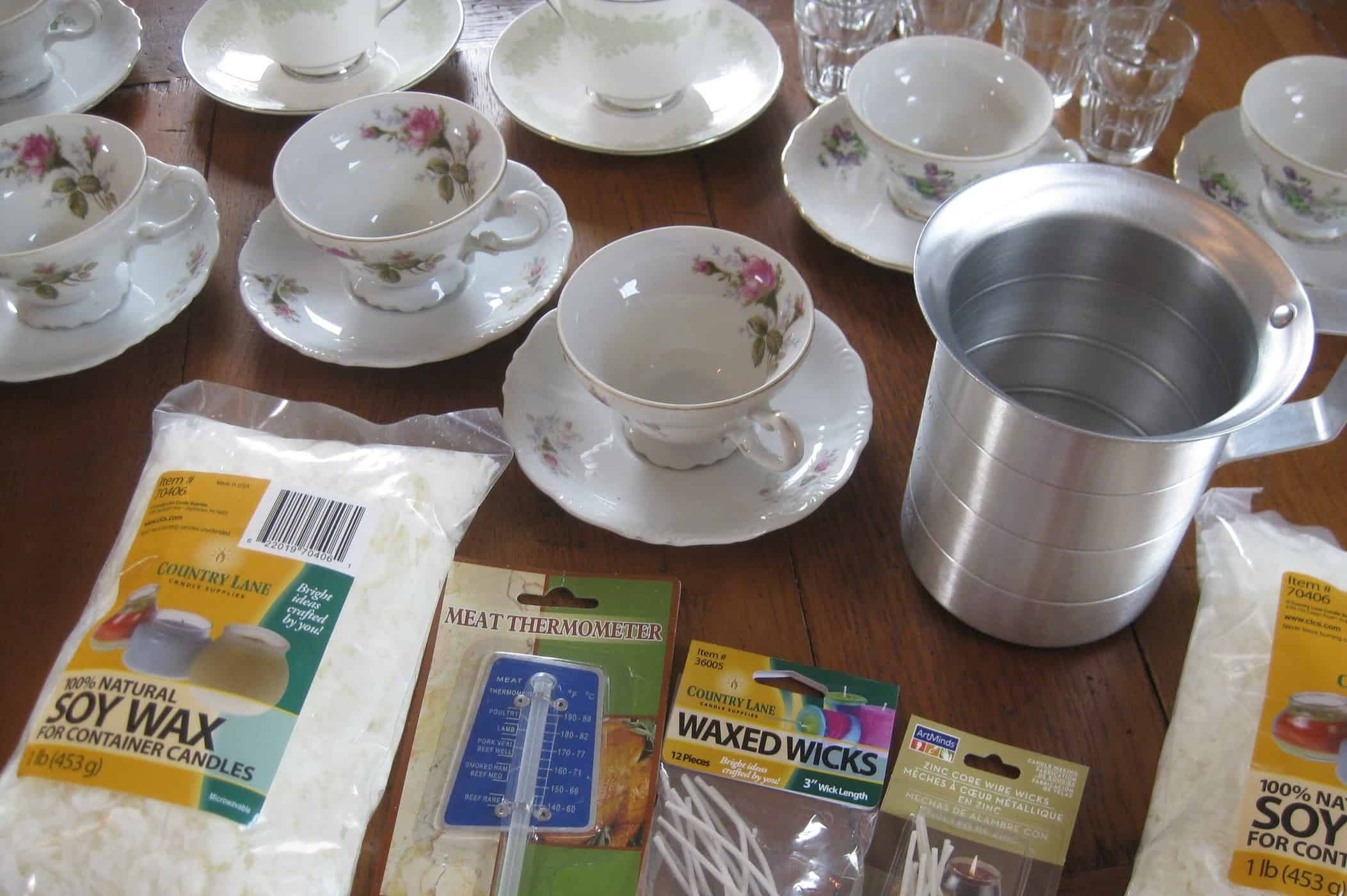Introduction
Candle making has a rich history that dates back thousands of years, with evidence of candle production being found in ancient Egyptian tombs. Over time, advancements have been made to the raw materials used and the methods with which candles are formed.
The type of wax used is an important factor when it comes to successful candle making; different waxes can produce different types of candles that burn differently and carry different fragrances. The best wax to use for candle making depends on what type of candle you wish to make.
For traditional household candles (like tapers), typically a paraffin-based blend works best because it makes for an economical way to produce a candle that has good burning performance, providing a steady consistent flame. For container candles, a soy or palm wax blend is ideal due to its ability to burn for a long period of time, hold fragrance well, and look great when paired with decorative molds. When working with aromatherapy candles where scent can be especially important, beeswax or a beeswax/soy blend could be your best option as they tend to provide the most intensity in terms of aroma.
Ultimately, selecting the right waxes for your project ultimately depends on your specific objective ” but with careful consideration and experimentation you can craft beautiful homemade candles that perform as desired every time!
Types of Candle Wax
Solid Waxes:
• Paraffin Wax: is a petroleum-based wax and the most commonly used wax for candle making; it comes in a variety of colors and many different types, such as soft and hard paraffin, so its perfect for any desired purpose.
• Beeswax: is another popular wax for candle making. It’s made from bee honeycomb and produces an earthy pleasant aroma when burned. Beeswax candles tend to burn longer than paraffin candles.
• Soy Wax: is a vegetable wax that differs from traditional petroleum-based wax because it’s natural, biodegradable, non-toxic and renewable resource. Using soy wax is beneficial because they only produce small amounts of smoke during burning.
• Bayberry Wax: also known as vegetable wax and comes from the berries of bayberry trees located in North America, this type of wax can be difficult to get your hands on but is great for creating hard pillar candles.
Liquid Waxes:
• Gel Candles: are created by combining mineral oil or regular liquid paraffin with gel crystals, adding color and fragrance, these crystal clear candles give off interesting colorful effects when lighted .
• Oil Candles: use essential or scented oils rather than a wick to burn pure fragrance into the air – these type of candles can come in multiple containers including glass or tin which make them great for centerpieces in special occasions or as outdoor decorations due to their safe burning nature
How to Determine Which Wax to Choose
When selecting a wax to use for candle making it is important to take into consideration the temperature range and melting point. The key factor to look at when it comes to temperature range is that paraffin wax has a much higher melting point than soy or beeswax. Paraffin wax typically starts to melt around 120 F, while soy or beeswax start to melt at around 100 F and lower. Also, different types of paraffin have a variety of melting points so be sure you know what kind of wax you are looking for before purchasing.
The scent strength is also an important factor to consider when selecting wax for candle making purposes. Paraffin tends to hold fragrance oils better than most other natural waxes due to its consistency, so if you are looking for a stronger scented candle, paraffin may be what you need. Soy and beeswax candles tend not to hold as much fragrance oil as paraffin candles do (hence why these may require more wax per pound of fragrance oil). In conclusion, when determining which wax is best for you, carefully consider the temperature range and melting point that your wax can withstand as well as the strength of scent that you desire.
Best Waxes for Candles
Paraffin wax is probably the most commonly used base wax for candle making. It is exceptionally smooth, allowing colors and fragrances to shine through. Paraffin also has a long burn time and good hot and cold scent throw, making it an excellent choice. Additionally, paraffin doesn’t require additives like a stabilizer or other modifier because of its inherently stable melt pool.
Soy wax has become very popular in recent years for being eco-friendly due to its renewable source of production ” soybeans! It’s also one of the easiest types of waxes to work with, as it holds color well and sets quickly into whatever shape mold you use. Soy candles tend to have a softer burn time than paraffin candles because of their lower melting point. It’s important to note that while soy wax needs no special additives, you should always use high concentrations of fragrances when working with soy as they can suffer from accelerated evaporation of fragrances at reduced levels.
Beeswax is incredibly popular among hobbyists who favor premium ingredients in their candle making projects due to its all-natural properties with minimal processing required before use. Beeswax gives off a sweet aroma when burned, so it makes an ideal underlying scent for complementary combinations. This type of wax requires some additives since it has a naturally soft texture which can cause damage if not combined with the proper modifiers and additives. Additionally, beeswax does not retain color as well as other types of wax; any colors added must be done sparingly and typically require additional colorants for darker shades or a stronger pigment. Finally, bee’s wax typically produces much shorter burn times than paraffin or soy due to its low melting point.
How to Properly Melt the Wax
The best wax to use for candle making is either a paraffin wax or a soy wax blend. Before melting the wax, it is important to wear safety glasses and protective clothing in order to avoid injury. Make sure that the area where you are melting your wax is well-ventilated and isolated from flying particles or drafts.
Use a double boiler for easy application when melting the wax. Ensure that the water added to the bottom of the double boiler does not come in contact with the heat source at any time. Place a thermometer in the top part of the double boiler (the wax container) to maintain an even temperature. Heat until melted, maintaining an optimal temperature of between 155 degrees Fahrenheit and 180 degrees Fahrenheit. Do not leave your melting station unattended or allow temperatures over 200 degrees Fahrenheit as this could lead to combustion and injury.
Once melted, stir with a wooden spoon to ensure that all wax remains blended together before transferring into molds or pouring into deeper containers for more significant candles. Generally, it takes several hours for your finished product to cool down enough to be handled safely before you can remove it from its mold or container.
Tips for Avoiding Common Mistakes
Common Candle Wax Mistakes:
1. Not understanding the different types of candle wax or the melting and setting point needed for an optimal burn.
2. Not testing multiple types of waxes to find a combination that best fits your candle making needs.
3. Not accounting for shrinkage, meaning not pouring enough hot wax in to properly fill the container for a good performance.
4. Pouring too hot and burning out your wick prematurely as well as decreased scent throw/performance due to incomplete curing time.
5. Inexperience in using additives (stabilizers, hardeners etc.) which can create detrimental cracking or “frosting” effect on the finished candles surface appearance.
Step-by-step Guide for Troubleshooting:
1. Research different types of candle waxes and their properties before deciding what wax will work best for your particular project such as paraffin, beeswax, soy wax etc..
2. Do some small test batches by trying different combinations of waxes until you get one that provides an optimal melt and sets according to desired results (colour, texture, cold performance etc)
3. Be sure to account for natural shrinkage when pouring your candles so they arrive with smooth sides after curing as intended without any air bubbles/cavities from incorrect volumes/excess heat etc..
4 .When using additives use discretion as too much can cause detriment effects like fragrant sink (-ing) or frosted (sometimes called blushing) finish on the outside of the ca ndles; refer to recommended amounts provided by additive suppliers first before experimenting too liberally with unknown combination s yourself!
Conclusion
When making candles, it is important to take into account the type of wax being used and follow the recommended melting instructions. Paraffin wax is one of the most commonly used types of wax for candle making, but other waxes such as soy wax, beeswax, and even tallow can be used for your project. When melting the wax, always follow safety procedures and never ignite directly over a flame. It is also important to note that different types of wicks may require different amounts of melting time in order to heat up enough to melt the wax properly. By taking into account these tips and tricks when creating candles, you can make sure that you’re using the best possible wax for your candle making project!

Welcome to my candle making blog! In this blog, I will be sharing my tips and tricks for making candles. I will also be sharing some of my favorite recipes.





